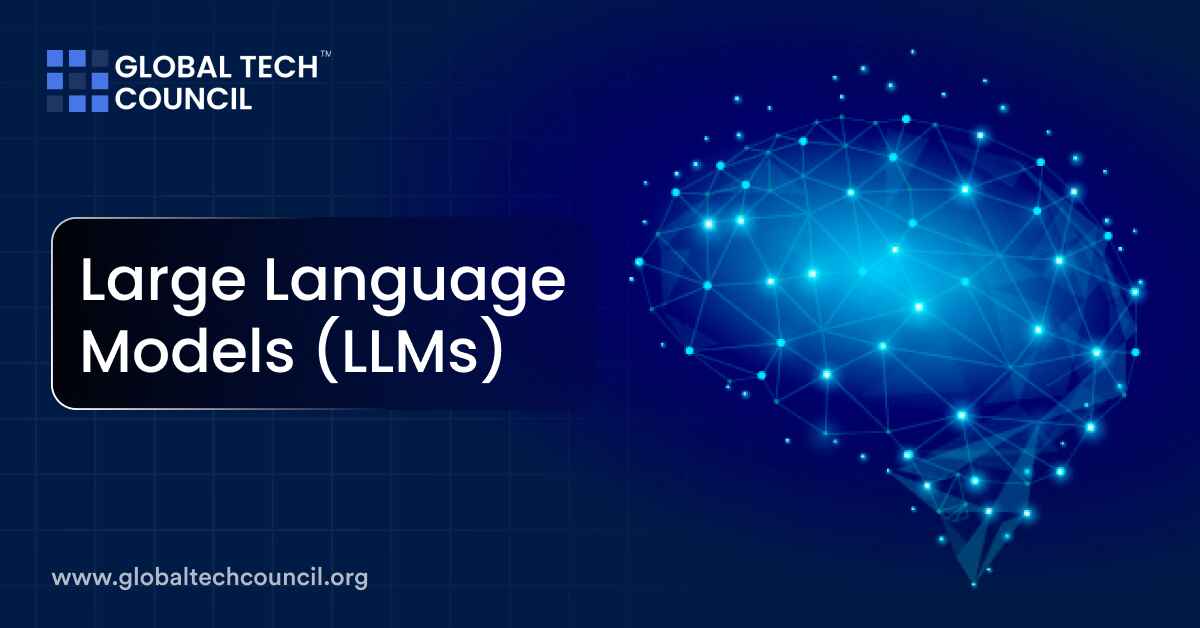Large Language Models (LLMs) are a type of AI designed to handle human language in a way that feels conversational and smooth. With models like GPT-4 and Claude 3, we’ve seen major changes in how we communicate with technology, making these interactions feel more natural.
What Exactly Are Large Language Models?
At the heart of it, LLMs are advanced algorithms trained on huge amounts of text. Their main job is to recognize patterns in language, helping them predict the next word in a sentence or perform tasks like translating or summarizing text. The “large” in their name comes from the size of the data they work with, as well as the billions of parameters they contain.
Parameters are like tiny weights that influence how the model processes the text it receives. For instance, GPT-4 has about 175 billion of these parameters, which enables it to grasp the context and offer detailed answers across different tasks.
How Do They Function?
LLMs are powered by a neural network structure known as “transformers.” These transformers use a method known as self-attention, which enables the model to concentrate on different parts of a sentence while creating text. This improves the model’s ability to grasp the relationships between words, even in lengthy paragraphs, making understanding easier.
Picture a model reading about climate change. If asked a question like “What are the effects of global warming?”, it can create a response by “recalling” earlier details about rising temperatures and their consequences on weather patterns. This ability to use context is a key benefit of transformers, making them ideal for jobs that need deep understanding.
Well-Known Examples of LLMs
There are several leading LLMs available today, each offering something unique:
- GPT-4: Created by OpenAI, GPT-4 is known for its versatility. It can help with a range of activities, such as writing essays, coding, or translating between languages. Its reliability across different queries makes it widely used in both business and research.
- Claude 3: Developed by Anthropic, Claude 3 focuses on ethical AI usage. Like GPT-4, it can handle a range of tasks, but it also includes improvements in areas like reducing bias and increasing safety. This makes it ideal for sensitive fields like law and healthcare.
- BLOOM: This open-source model stands out for its ability to work across many languages and even programming languages. It’s useful for international projects, as it can translate or generate content in languages like Spanish, Arabic, and more.
Applications of LLMs
LLMs are used in various areas, ranging from customer support to education:
- Content Creation: LLMs can generate articles, creative stories, or even marketing materials. Many businesses use these models to save time while ensuring consistent communication.
- Programming Support: Developers can use models like GPT-4 to help write and fix code. These models, trained on programming languages, can suggest snippets or pinpoint errors in code.
- Translation: Models like M2M-100 and BLOOM excel at translating between multiple languages without relying on English as a bridge. This is particularly useful in a world where smooth communication across various languages is becoming more important.
- Research and Writing: Models such as Galactica from Meta AI focus on scientific work. They assist researchers by summarizing complex articles or creating reviews of literature. These capabilities help save time and streamline research efforts.
Benefits and Drawbacks
Though LLMs are powerful, they have their limitations. A key advantage is their capability to manage multiple tasks with little guidance. Through “few-shot learning,” these models can pick up new tasks from only a few examples, reducing the need for extensive retraining.
But these models can struggle with tasks that require deep reasoning or factual accuracy. While they are good at producing text that seems human-like, they might sometimes give incorrect or strange information, especially on topics they aren’t well-trained on. Because of this, human oversight is necessary when LLMs are used in critical fields like medicine or legal services.
Another challenge is the immense computing power needed to train and run these models. Systems like Megatron-Turing NLG, built by Microsoft and NVIDIA, are extremely powerful but also require significant resources, which may limit their use for smaller companies.
Ethical Issues
The rise of LLMs also brings up important ethical concerns. Topics like data privacy, bias, and openness are central to discussions about how these models should be used. For example, efforts are being made to limit bias in models like Claude 3, which have safety measures in place to reduce harmful outputs.
Moreover, ensuring that these models are transparent about how they generate information is crucial for maintaining trust. If an LLM is used to provide advice on medical matters, for instance, users need to know how reliable the information is and be aware of its limitations.
Final Thoughts
Large Language Models are reshaping the way we communicate with machines, making AI more capable of handling a wide variety of tasks. By learning how these models work, their various uses, and the challenges they bring, we can better understand their impact on technology. While these models have great potential, the need for ethical development and thoughtful use is more important than ever, especially as they become more integrated into our daily activities.
